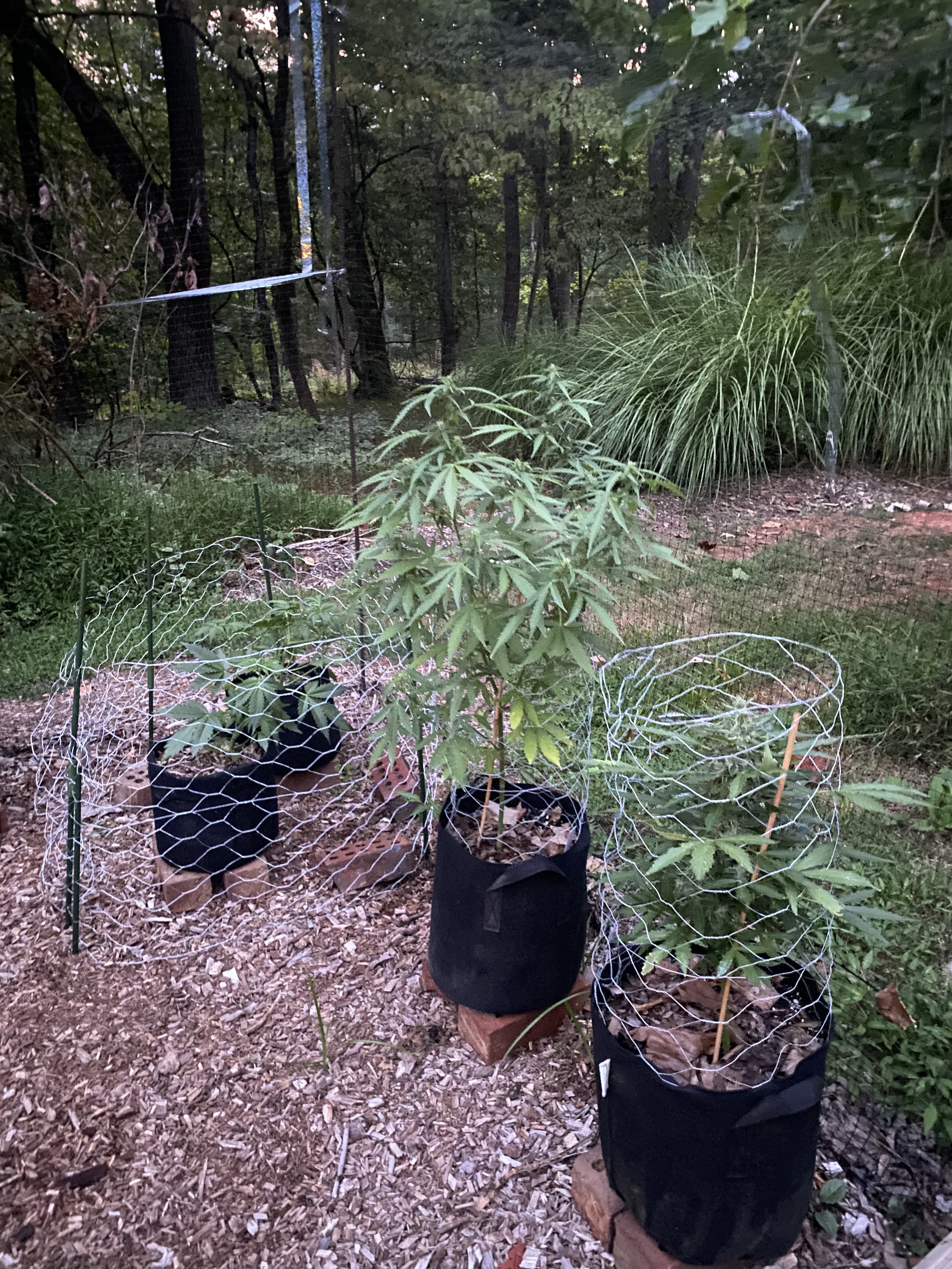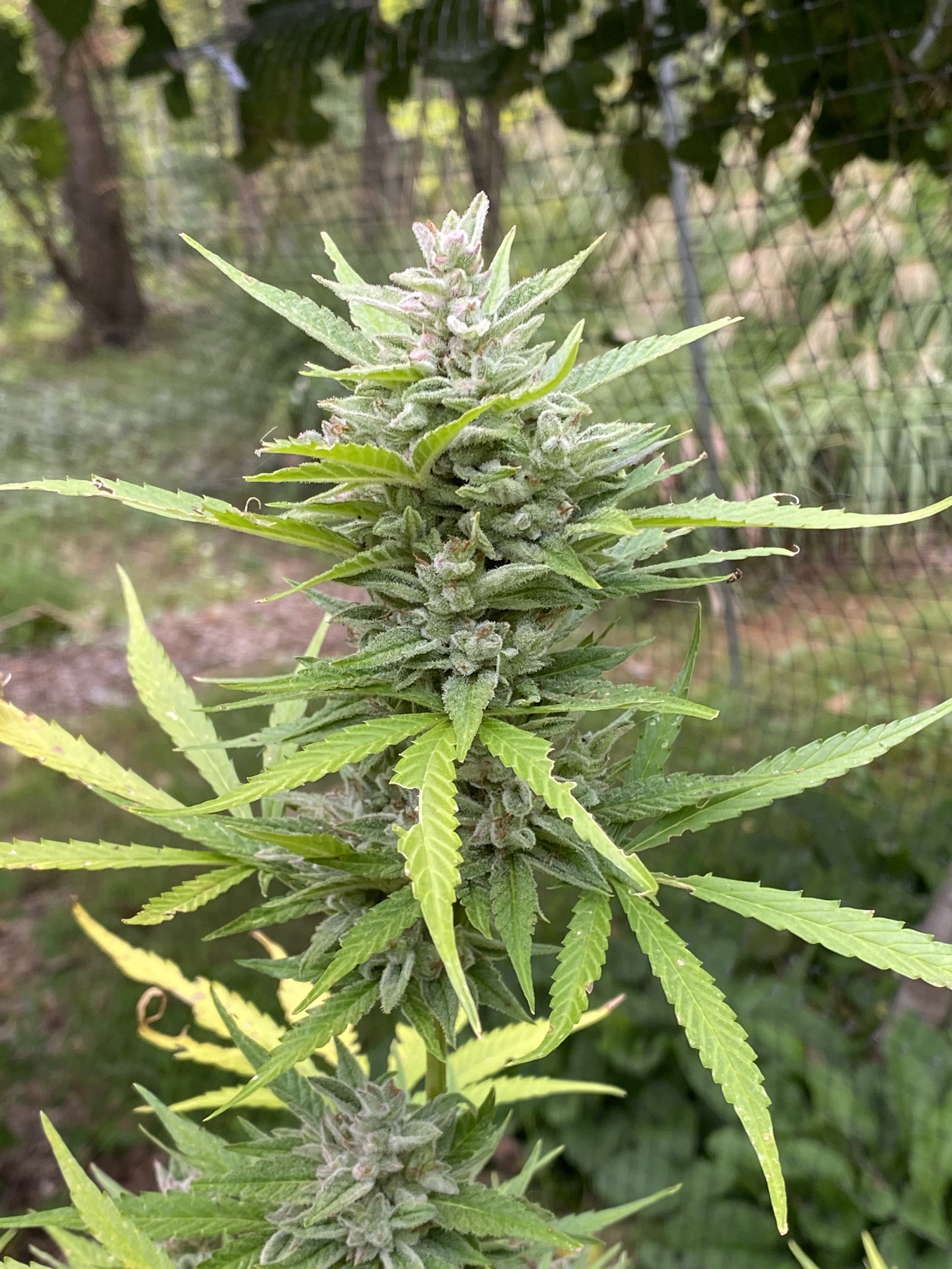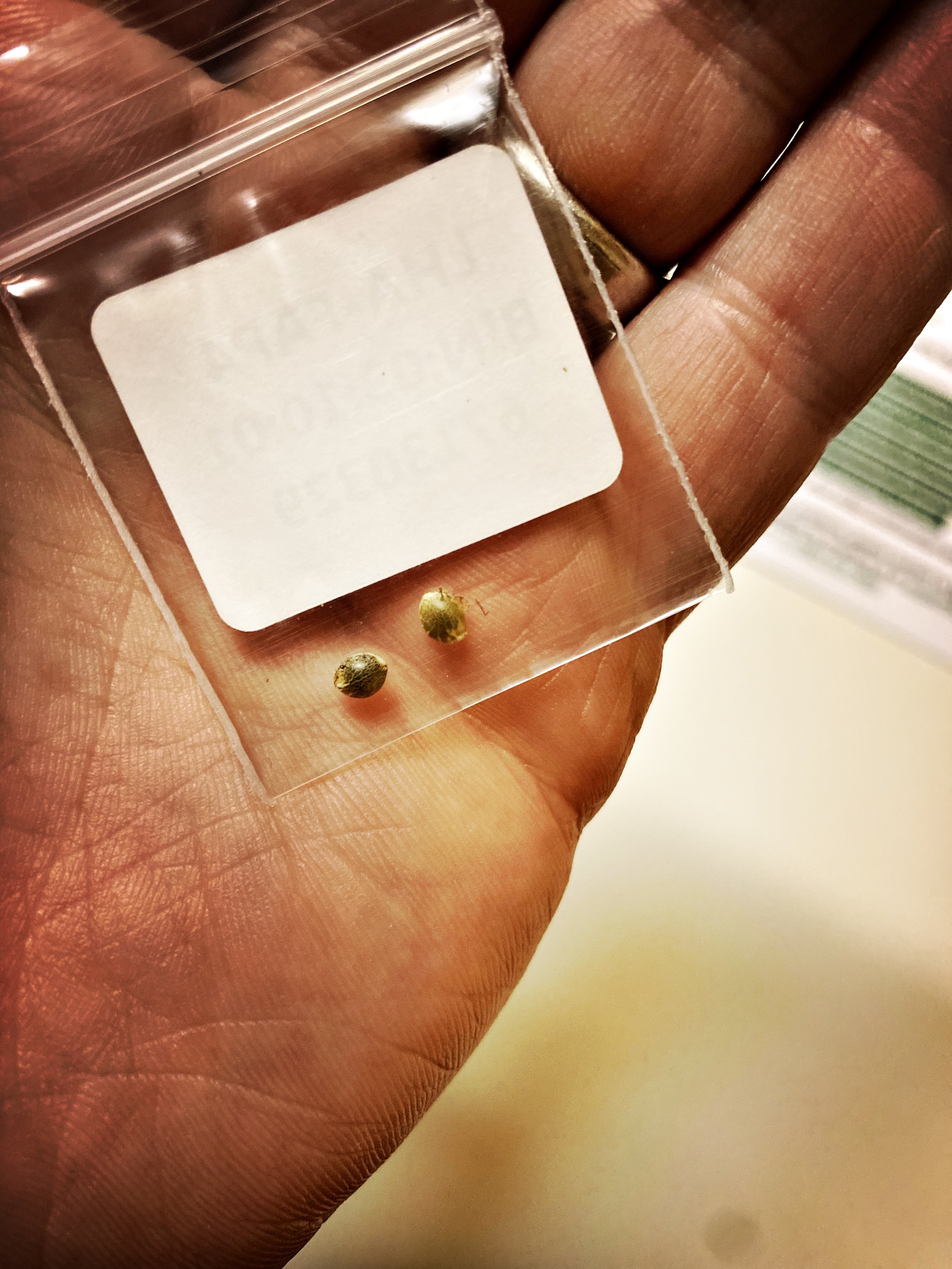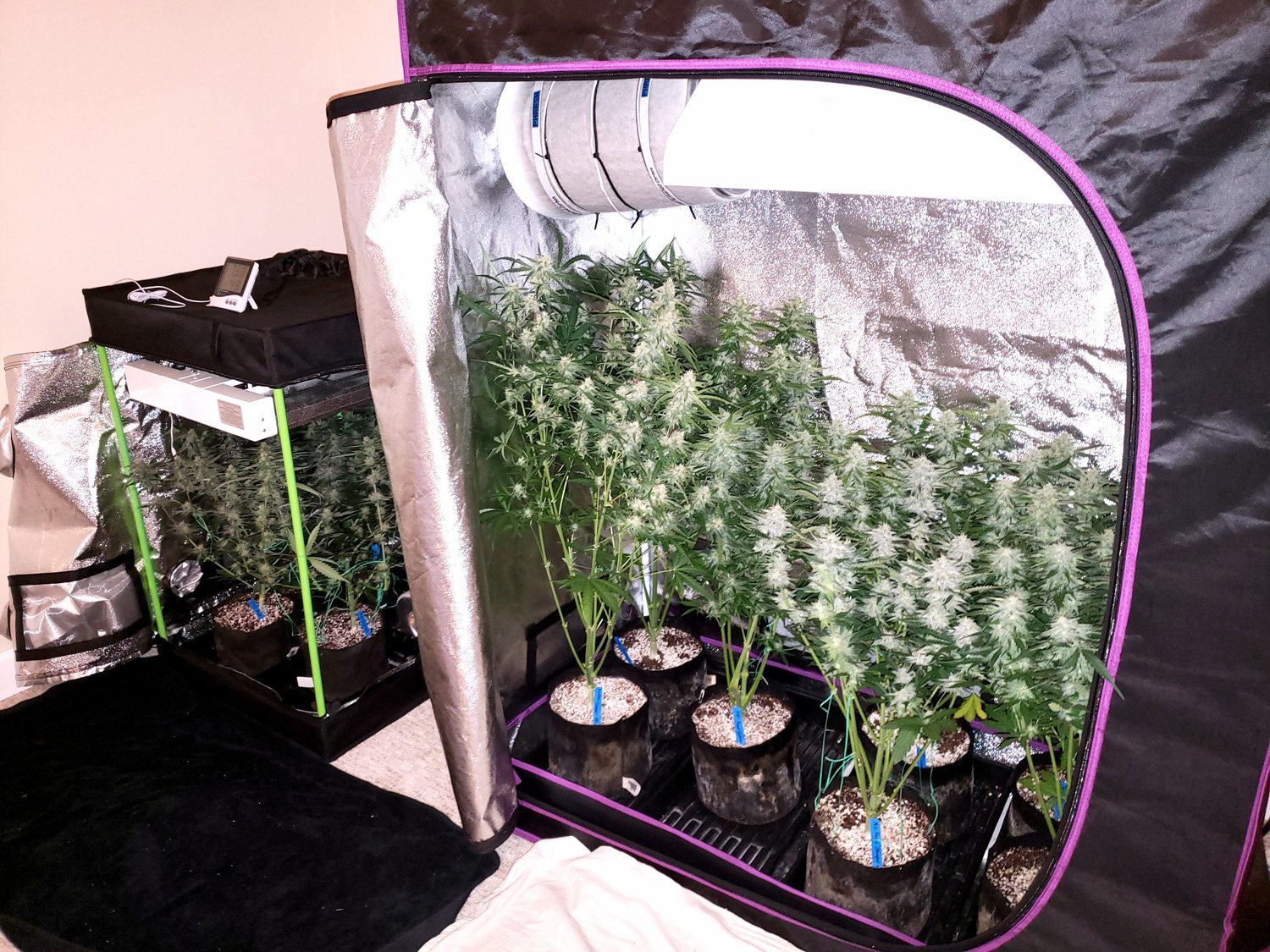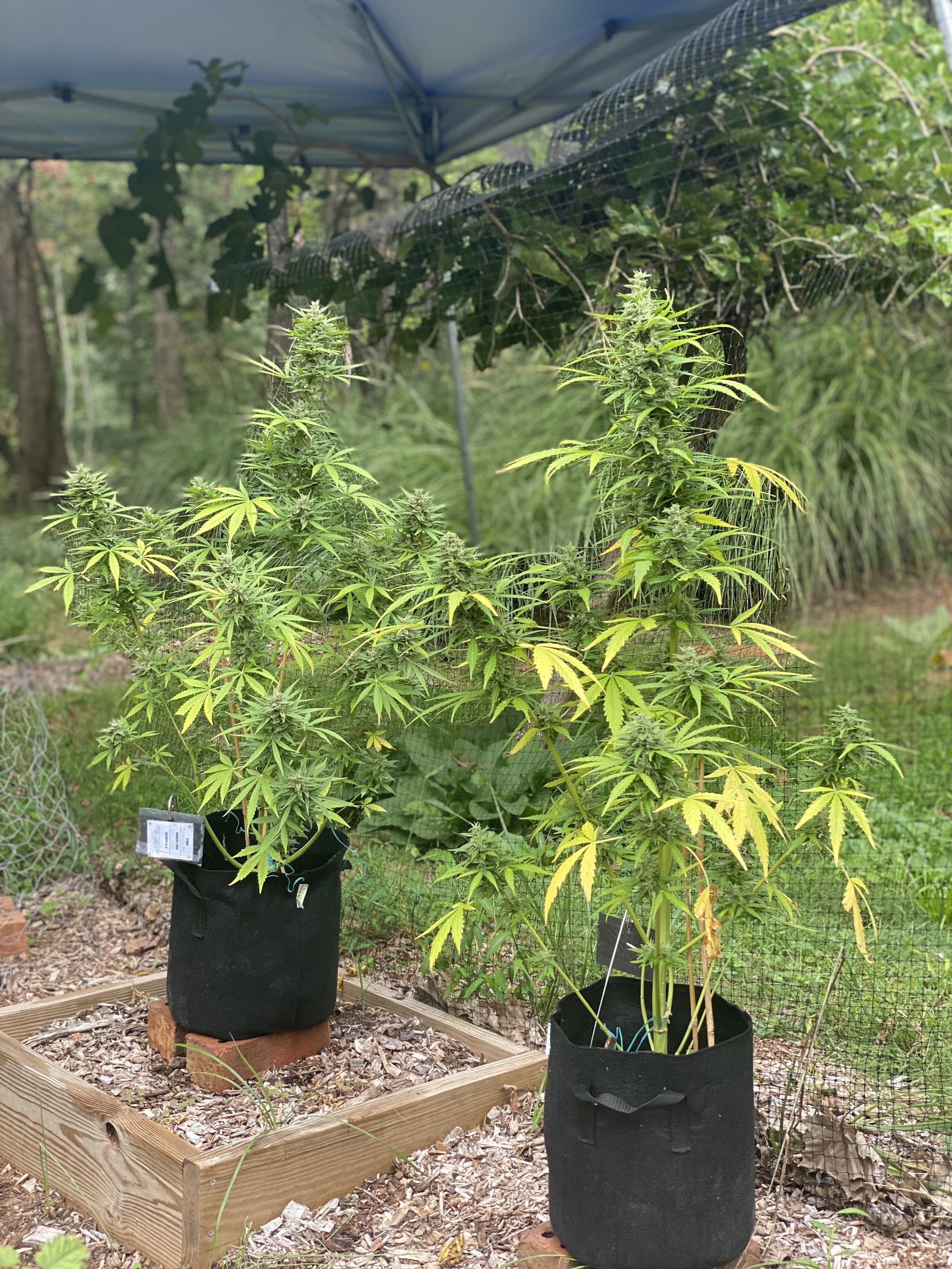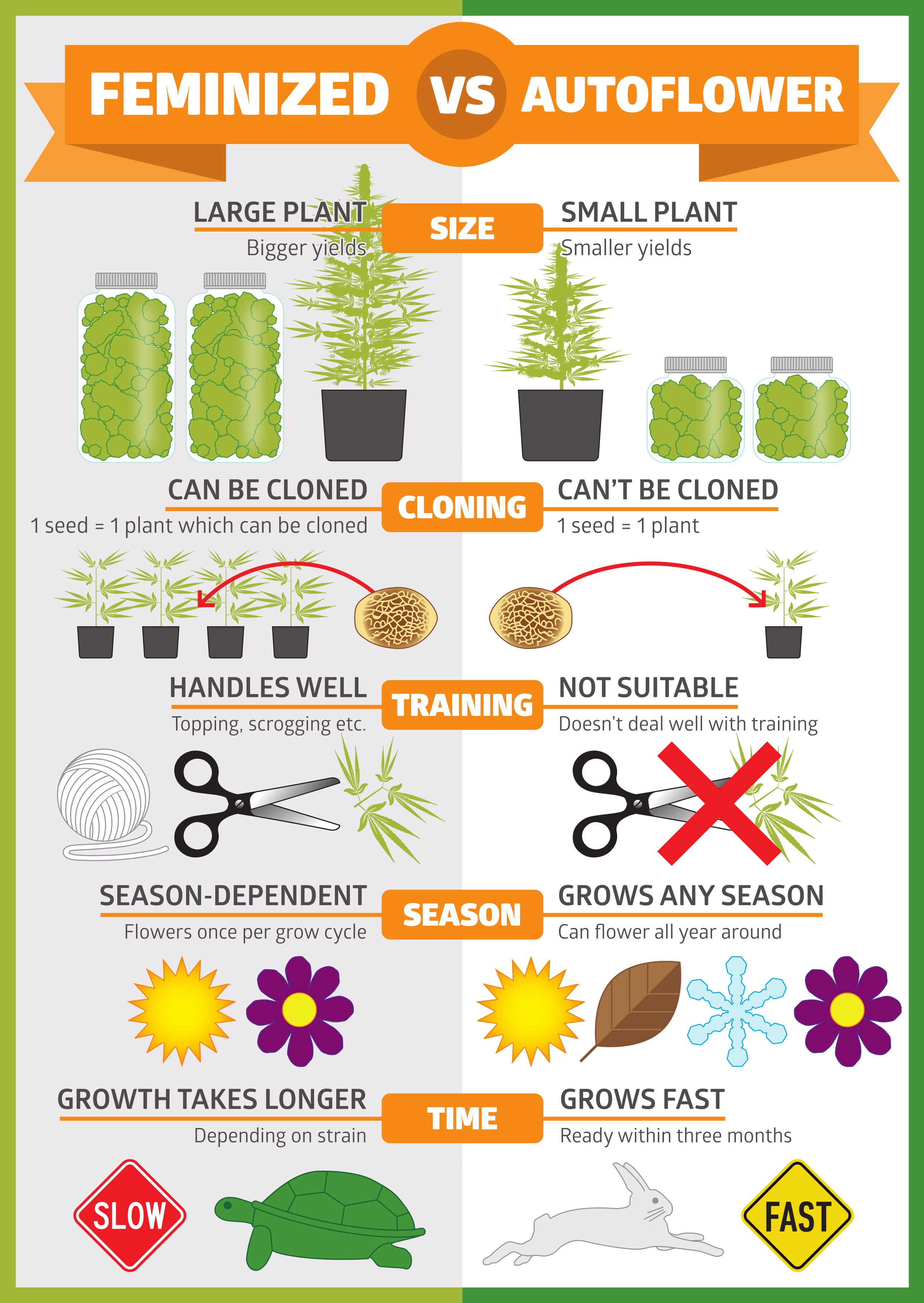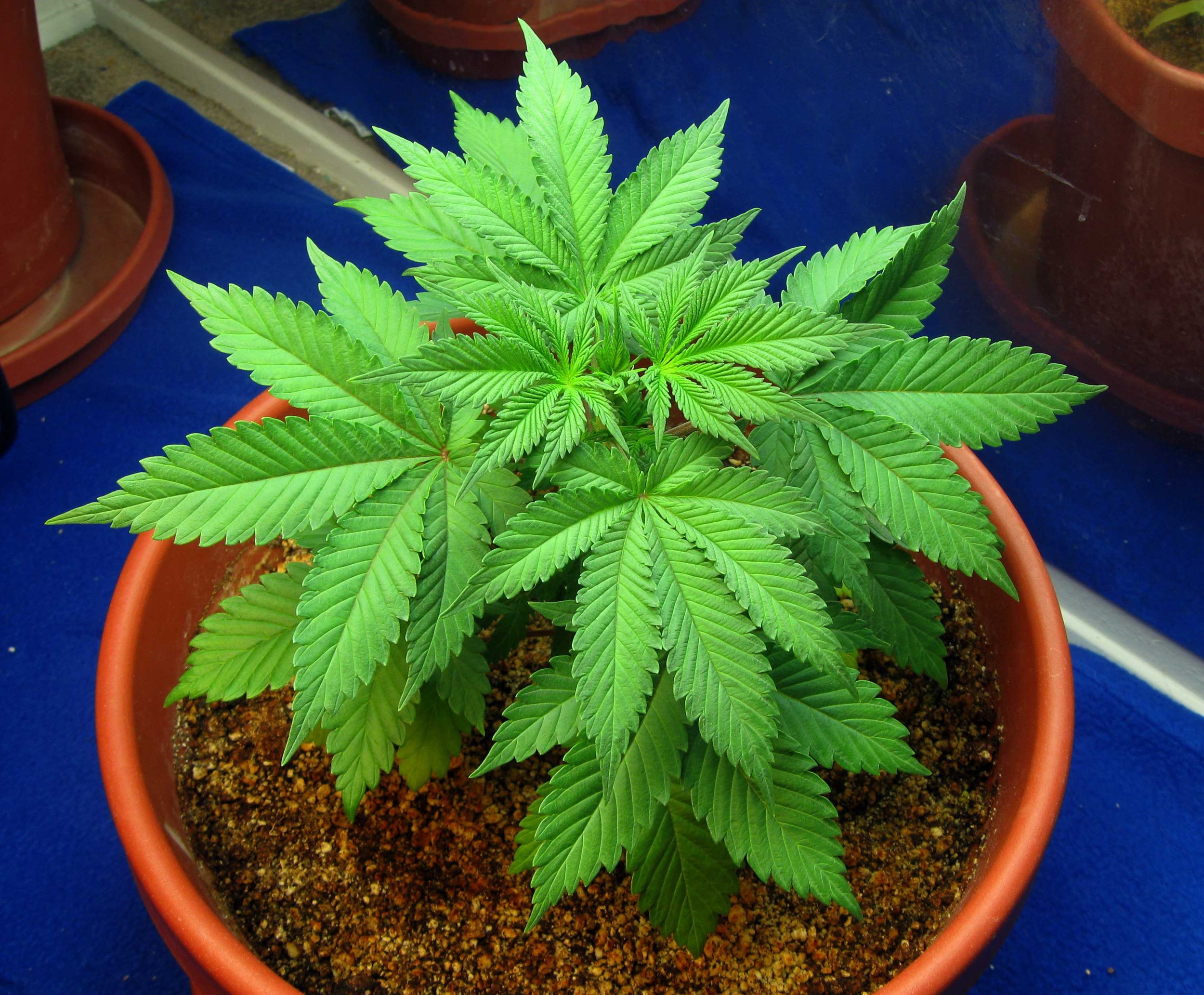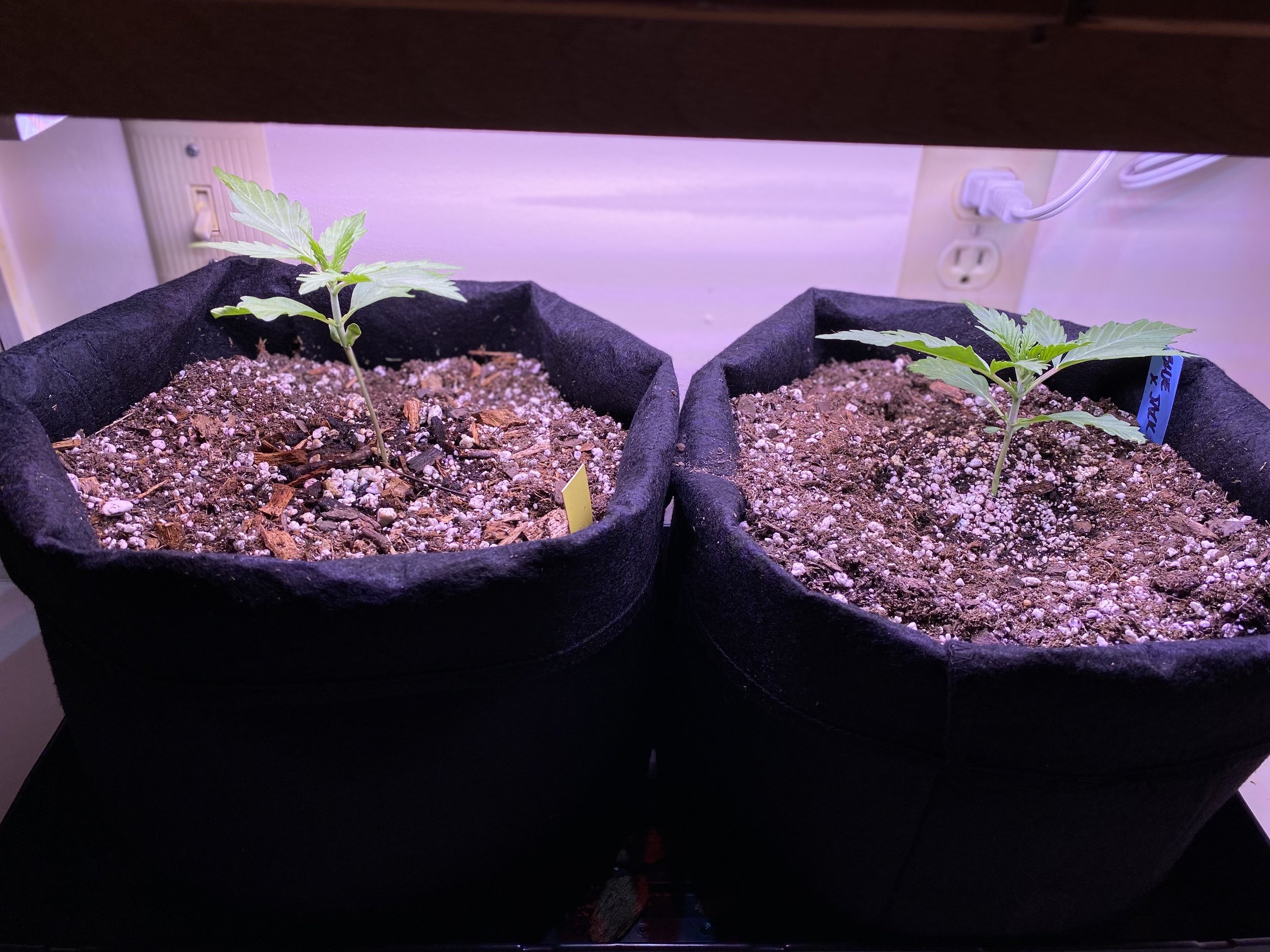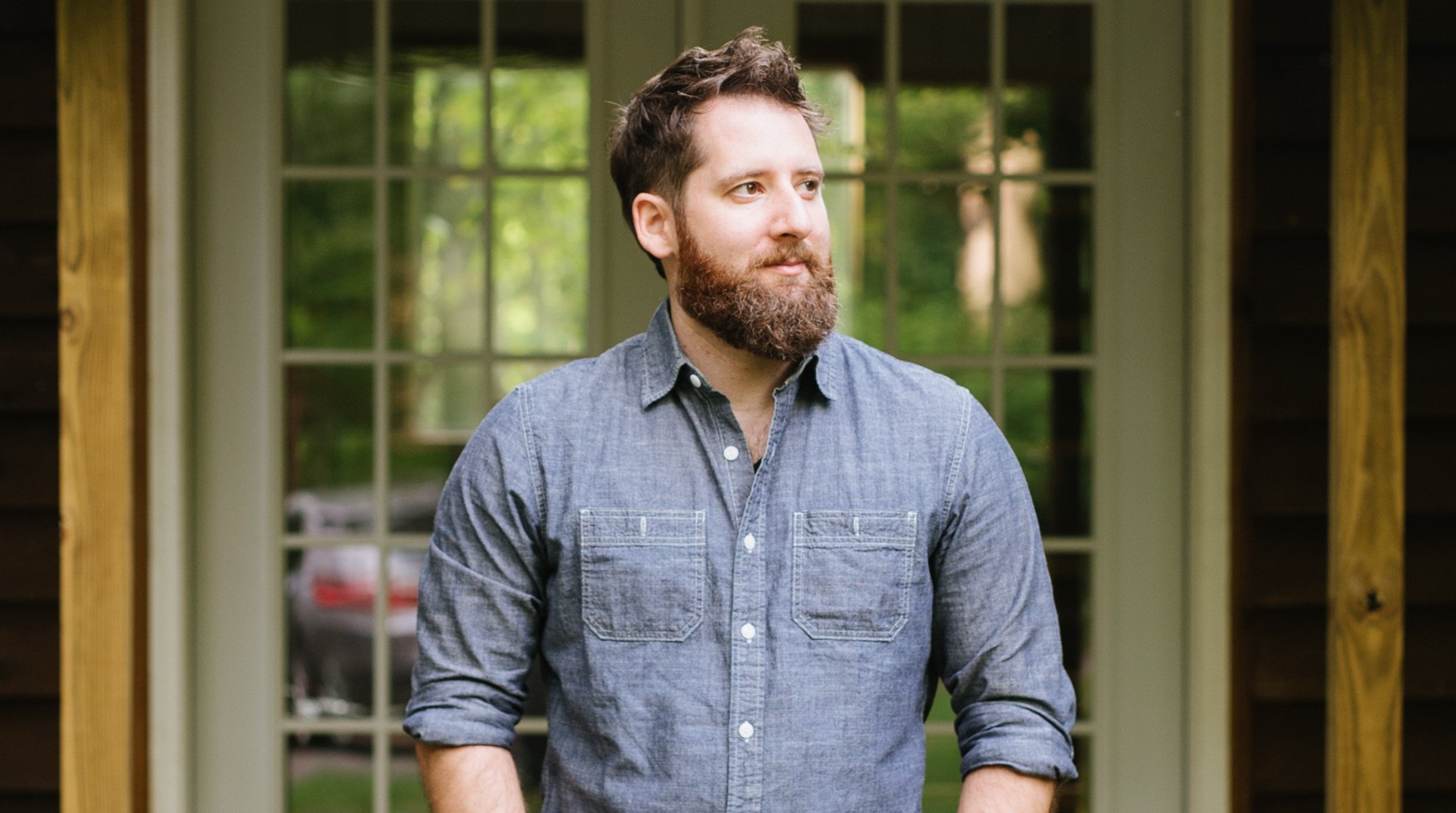How to Grow Weed Outdoors: Getting Started, Indoors vs. Outdoors, and Picking Your Seeds
🪴🪴🪴🪴🪴🪴🪴🪴🪴🪴🪴🪴🪴
So you’re thinking about learning how to grow weed outdoors but maybe you’re equally overwhelmed with all the details — watering, nutrients, pest control, the cost of gear, etc.
Welcome aboard, as we break down all you need to know to get started growing weed outdoors in the most cost-effective and simple way possible.
Ready to grow some potent buds? Let’s dive in.
This post contains affiliate codes or links that are no additional cost to you, and I may earn a small commission when a purchase is made.
STEP 1: KNOW THE LAW!
Before you get started learning how to grow weed outdoors, you should first check your local laws. The last thing you want to do is get with an illegal grow. Seek out information straight from your locality.
Laws vary greatly from state to state in the United States, and some of them are draconian or downright silly. It’s important to only undertake this effort of growing the cannabis plant legally and responsibly, or at least know exactly what you’re getting yourself into.
Here in the Commonwealth of Virginia, regulation states that…
“A majority of the Virginia legislature voted on April 7, 2021 to approve amendments to Senate Bill 1406 | House Bill 2312, which legalized the personal cultivation of marijuana on July 1, 2021. Provisions in the law permits those age 21 and over to cultivate up to four plants per household at their primary place of residence. The law requires that no marijuana plant is visible from a public way without the use of aircraft, binoculars, or other optical aids, and that precautions are taken to prevent unauthorized access by persons younger than 21 years of age. To each plant must be attached a legible tag that includes the person’s name, driver’s license or identification number, and a notation that the marijuana plant is being grown for personal use.” (VA NORML)
In other words, you can perhaps put up a greenhouse in your primary home, use organic fertilizer, and grow in some cases. As of this writing, retail sales are not yet legal in Virginia (initially expected in 2023, but continues to be delayed), nor is it legal to:
Import or transport cannabis across state lines
Buy seeds in Virginia
Order seeds online
“Adults 21+ may share up to one ounce of cannabis in private, much like they could share a bottle of wine. Cannabis may not be offered to or shared with anyone in public. And there may not be any exchange of goods or services (no gifting schemes).” (VA NORML Legalization FAQ)
So…
Disclaimers: NOT FOR SALE OR TRADE. The following post features content about cannabis cultivation and other related substances that are illegal under federal law as well as under state law in certain states. This content has been produced by Thunderbird Disco — located in the Commonwealth of Virginia — for educational and entertainment purposes only. All cultivation described below was completed in accordance with Virginia law as authorized in § 4.1-1101 Home cultivation of marijuana for personal use; penalties.
STEP 2: UNDERSTAND YOUR MOTIVATIONS
With all stipulations above firmly in mind, limited and responsible cannabis agriculture and cultivation IS indeed legal in Virginia as of July 1, 2021, without license, in certain cases. After a successful first year growing food, and as that mischievous July date arrived, I thought, hey, cannabis might be a new interesting crop to attempt, a somewhat complicated herb that’ll ultimately make me a better vegetable gardener.
And sure, that’s part bullshit. How about: from an emergency preparedness and “lifestyle insurance” perspective, I also wanted to expand our ability to grow medicinal plants (like, in case SHTF and/or chemical pharmaceuticals ever become scarce), and also I wanted to cultivate both a skill and product that might serve as as barter material if said Shit ever does Hit the Fan. All true, but also part bullshit.
If I’m honest, I’ve just enjoyed weed for a good percentage of my life, and I wanted to give this a try.
If my kids or godkids are reading this…this is not a post in support of the benefits of the cannabis plant — neither recreational nor medicinal — though if you have any questions, I’m very happy to discuss them with you (very seriously), as are many doctors. You can also find plenty of information (and misinformation) online.
You are familiar with this online thing. As you get older, it’ll show up on your radar somehow. I’m not trying to convince you. It affects everyone differently, some negatively, and in the wrong hands can be taken too far. It worked out pretty okay for me. At the very least, don’t be too quick to demonize, nor to jump into anything prematurely. But this series of posts is not about consumption, it’s about cultivation.
GROWING AS A PARENT
As of the beginning of this experiment, my two kids were aged 6 and 3, so I wanted to understand not only the legal but also the ethical ramifications, like, as a parent. One of our good friends—the mother of one of Jack’s best friends—is a federal prosecutor, so during a family playdate I asked her take on it.
“Are you thinking of doing anything that’s illegal based on the new amendments?” she asked.
“No,” I said. Four discrete plants out of public view.
“Then what’s the problem?” she shrugged. “Look, we’re in my kitchen right now drinking wine. We keep some bottles of liquor on the bar over there. We have kids the same age and it’s not like they’re guzzling our vodka when we’re not looking. They understand it’s only for adults, it’s just a part of life, and it’s not a particularly interesting part to them.”
So, yes, that too. I wanted to be part of the effort to remove the stigma and the charge out of growing cannabis. And that’s not bullshit. It was always stupid and cruel for this plant to be illegal (The Brookings Institute chronicles the racist history of cannabis prohibition with the War on Drugs just another “tool to target Black and Brown Americans and change life trajectories in those communities for millions of people”) and I recognize that my status as a white guy is still the main reason why I even feel comfortable sharing this educational knowledge online.
“What will you tell them if they see the plants?” my wife asked.
“I guess I’ll tell them it’s borage,” I said.
“What’s borage?”
“It’s another herb,” I said. “I’m growing like 16 other crops right now and they don’t ask a lot of questions about the basil or leeks or carrots, so I’m not sure this will be any different.”
“What about when they get old enough to ask questions?” Kate said.
“I guess we’ll do our best to answer them.”
So, for all of these reasons, I gave it a go.
STEP 3: DO MORE RESEARCH
The internet was both helpful and unhelpful. I looked for beginner resources, and found a couple of helpful guides, like this great post from Homestead and Chill, which demystifies much.
But when you start looking around, many of the intro growing forums read like, “Are you using FFOF? Nah bro, you need to go 12/12 and flush nutes first, then use loupe to check trichomes for 10-20% amber before finishing with dark cycle and doing the final chop.”
I felt like a noob.
But now, I know what all that means!
I’m nothing close to an expert (and maybe that means I can still explain things like a normal person) but here are all the stupid questions I’d wanted to ask at the beginning, and my still-novice answers on what worked and didn’t work for me.
FIRST-TIME GROWER FAQ
🪴🪴🪴🪴🪴🪴🪴🪴🪴🪴🪴🪴🪴
What Supplies Do I Need to Grow Weed?
There’s plenty more to it, but here’s a basic list of what you’ll need:
Nutrients (Nutes) and Fertilizer
Soil
pH Meter
Mulch
Watering System (hose, spray wand, watering can, etc.)
Large pots or grow bags
Pruning shears and scissors
Outdoor pest control products
Sunshade or tent
Cannabis sativa vs. cannabis indica
WHERE DO I GET PLANTS?
Apparently one can’t yet buy small weed plants from the local garden store like one does with tomatoes, so…where does one find plants?
I was lucky and got seeds gifted to me by a friend in Virginia. (Unless you have a very generous friend looking to give away their started plants or clones, you’ll want to grow “from seed.”) Again, even if you live in a state like Virginia that has legalized cannabis cultivation, shipping cannabis seeds and products across state lines is technically still illegal. So…I got seeds gifted to me by a friend in Virginia. We cool?
Nevertheless, the internet is a treasure, and Homestead and Chill lists some online weed seed banks. For purely educational purposes, I recommend I Love Growing Marijuana (subtle?), which has an excellent 70-page “Grow Bible” eBook for beginners as well as plenty of information on autoflower seeds.
Also for purely educational purposes, head over to Homegrown Cannabis Co., a Lansing, Michigan operation with a very informative website where you can take an adorable quiz to determine what kind of grower you are (beginner vs. experienced), how you want to grow (soil vs. coco coir vs. hydroponic) and what kind of buzz you’re looking for (up vs. down).
Based on quiz results, they’ll recommend specific varieties or “strains” (sativa vs. indica vs. hybrid, indoor vs. outdoor, regular vs. feminized vs. autoflower) which they apparently also sell for about $7-12 per seed.
>> Buy some top-tier cannabis seeds at Homegrown Cannabis Co.
DO I WANT SATIVA OR INDICA OR A HYBRID?
There’s actually some scientific argument about this, but based on common classifications, Cannabis sativa strains generally have higher tetrahydrocannabinol (THC) content, offering a more energetic, heady, creative, “up” effect, while cannabis indica plants typically have a higher ratio of cannabidiol (CBD) content, offering a more relaxing, body, therapeutic “down” effect (indica = in-da-couch). Hybrids, as you might guess, are a mix of both.
Again, a topic for another post, but each varietal offers its own purported medicinal effects that can help with stress, anxiety, general mood, as well as combating nausea, chronic pain, insomnia, PTSD, epilepsy, eating disorders, the list goes on. Regarding specific medicinal uses for each strain, there’s a great chart here.
ANSWER FOR ME: ALL THREE, SATIVA, INDICA AND HYBRID, PLEASE AND THANK YOU
DO I WANT TO GROW INDOOR OR OUTDOOR?
If you don’t have much sunlight or outdoor space, if you have indoor space and don’t mind setting up a conspicuous weed-closet or grow tent filled with lights and machinery, if you live in a less-than-ideal climate or near nosy neighbors, if you want to have full control of your environment, want to grow year-round, and/or don’t mind investing the money in a basic indoor grow tent, or a more advanced and AI-powered indoor grow system (use coupon code “THUNDERBIRD” for 15% off), growing indoors might be for you.
If you live in a place where you’re able to grow tomatoes outdoors (here’s a good regional guide), have a good space where plants get 8-12 hours of sunlight, aren’t too worried about pesky teenagers or passersby, have good soil drainage, minimal air pollution, don’t mind braving the elements, and wanna spend less money, consider growing outdoors.
We already have a fenced vegetable garden “not visible from the public way,” so carving out space there for a few cannabis plants seemed like the thing to do.
ANSWER FOR ME: OUTDOORS
How Do I Choose the Perfect Outdoor Location for Cannabis Growing?
Check for variables like the amount of sunlight exposure, the privacy of your site, your local climate, and your local laws. Here are some more tips for success:
Assess Sunlight Exposure for Optimal Plant Development
Your plants need at least 6 hours of direct sunlight. During flowing time, they also tend to thrive best with about 12 hours of sunlight. The more light, the better. A north-south orientation will maximize sun exposure.
If you find that your plants are sometimes in the shade when the sun is up, you can always use white screens to reflect that light back to the plants during critical lighting times. Or if your plants are in grow bags, you can move them around throughout the day, but this can become a pain. For best results, do a full day-long test on your preferred site and its lighting situation before germinating your seeds.
Consider Local Climate and Weather Patterns
Not all climates are friendly to cannabis plants. You might not be able to learn how to grow weed outside if you live in a colder climate. Cannabis tends to thrive in warm climates with temperatures ranging between 60 to 80 Fahrenheit. Also, consider the humidity of your climate — with 40 to 60% being the sweet spot. Higher humidity can lead to mold.
Verify Compliance With Local Laws and Regulations
Again, if you don’t follow the law, you’re going to have a bad time. Many localities still do not permit you to grow cannabis — either indoors or outdoors. Make sure you are legally able to grow your plants, and consider any special restrictions for your area.
Indoor grow tents (Image courtesy of Grow Weed Easy)
Outdoor cultivation in grow bags
DO I WANT TO GROW IN SOIL OR COCO COIR OR HYDROPONICALLY?
Soil is dirt, you’ve heard of it. It’s organic, already contains nutrients, and is probably best for beginners. Hydroponics is where you use water as the primary growing medium, and add nutrients, offering full control but much complexity. Coco coir is in between the two—it’s an inert growing medium that has no nutrients of its own, but still offers structural support like soil does. It’s also a bit more complicated.
For soil, you can also decide whether you want to drop seeds directly in the ground (if you have naturally great soil or raised beds you want to dedicate to this endeavor) or whether you want to use grow bags that you fill with more specific soil and amendments (which offers more control and portability).
Either way, you want to get the soil in prime condition for growing weed outdoors. To do so, we will be enriching our soil with organic matter and nutrients. I recommend getting a cannabis nutrients kit packed with all the right stuff.
ANSWER FOR ME: SOIL, IN GROW BAGS, ENRICHED WITH NUTRIENTS
DO I WANT PHOTOPERIOD VS. FEMINIZED VS. AUTOFLOWER SEEDS?
Like any other flowering plant, cannabis sativa and cannabis indica plants can be male or female (or they can go hermaphrodite). The flowers or “buds” of an unfertilized female plant are what you want to cultivate. A male plant will spread its pollen and essentially ruin any females within a 10 mile radius (amirite, ladies?).
In any case, the plant will need a proper water and nutrient supply to thrive — alongside plenty of sunlight and other variables.
Regular “photoperiod” seeds genetics can be male or female. You’re rolling the dice. The only reason to choose these, I think, is if you want to breed plants or cultivate seeds, and I have no idea how to do that (yet). And you need to have a very stable climate with distinct seasons.
Feminized photoperiod seeds take some of the risk out of it, as you’re (likely) getting female-only cannabis seeds. Most photoperiod plants can grow to be like 6’ tall, take about 4-6 months to mature and be ready for harvest, and can yield 10+ ounces of weed per plant. They depend on light cycles (hence photoperiod) so you ideally need to give them 18-24 hrs of light in the early vegetative stage, and then a controlled 12 hrs of light (and 12 hrs of darkness) in the later flowering stage.
Autoflower seeds are great for beginners. They have feminized genetics, so you’ve got that going for you, and the sativa or indica strains have been genetically cross-bred with cannabis ruderalis, a close cousin that is not light-dependent and automatically flowers in 3 to 6 weeks. They only grow to be about 2-4’ tall, take only about 2-3 months to mature, and can yield anywhere from 1-2 ounces per plant. Because the whole cycle is much faster than photoperiod, you can probably fit in two full cycles during the outdoor growing season (rather than just one full cycle with photoperiod plants).
>> Buy some top-tier cannabis seeds at Homegrown Cannabis Co.
SUMMARY
As a novice grower with a good garden spot who didn’t really want to set up a grow tent inside… I decided to go with
Outdoor
Enriched Soil, in Grow Bags
Autoflowering
A Mix of Strains, Just For Funsies (specifically, I was gifted three different autoflower strains, Lemon Haze (sativa-dominant), Deelite (indica-dominant), and Blueberry x Jack Herer, aka Blue Jack City (hybrid).
>> Buy some top-tier cannabis seeds at Homegrown Cannabis Co.
SO…here’s the thing.
IMPORTANT: ALL OF THE ADVICE THAT FOLLOWS IN THIS SERIES IS SPECIFIC TO GROWING OUTDOOR AUTOFLOWER PLANTS IN SOIL!
I watched and read a ton of stuff on the internet and in some cases didn’t realize until it was too late that the material was specific to indoor grows, or photoperiod plants, or coco coir, and therefore wrong for my situation. If you’re doing your own research, be sure you’re looking at information specific to what and how you’re growing. I can’t stress this enough!
OKAY, I’VE MADE MY DECISIONS AND I’M TAKING THE PLUNGE! WHAT DO I DO ONCE I’VE BEEN GIFTED SOME SEEDS?
What’s Next…
Click Here—> HOW TO GROW CANNABIS #2: GERMINATION AND SEEDLING STAGE
How to Grow Weed Outdoors: FAQs
What’s the Best Method to Grow Weed?
Although both indoor and outdoor growing setups can lead to big yields and pounds of juicy buds, many prefer growing outdoors if they live in a good climate, have plenty of sunlight, and want to cut back on growing costs.
How Do You Get Big Buds Outside?
Getting big buds outside is a holistic approach. You will need great soil, nutrients, plenty of sunlight, water, and lots of time and care to give your plants. Using low-stress training (LST) will also help you to boost your yields.
How Much Weed Does One Plant Yield?
A single plant can produce anywhere up to 1000 grams (about 35 grams) when grown properly, given adequate water, sunlight, nutrients, and care. The type of seed you choose also plays a role. Autoflower plants produce much less than photoperiod plants.
What Soil Does Outdoor Weed Grow in?
It’s usually best to go for natural and organic soil if you want to boost your results and have the best chance at success when learning how to grow weed outdoors.



